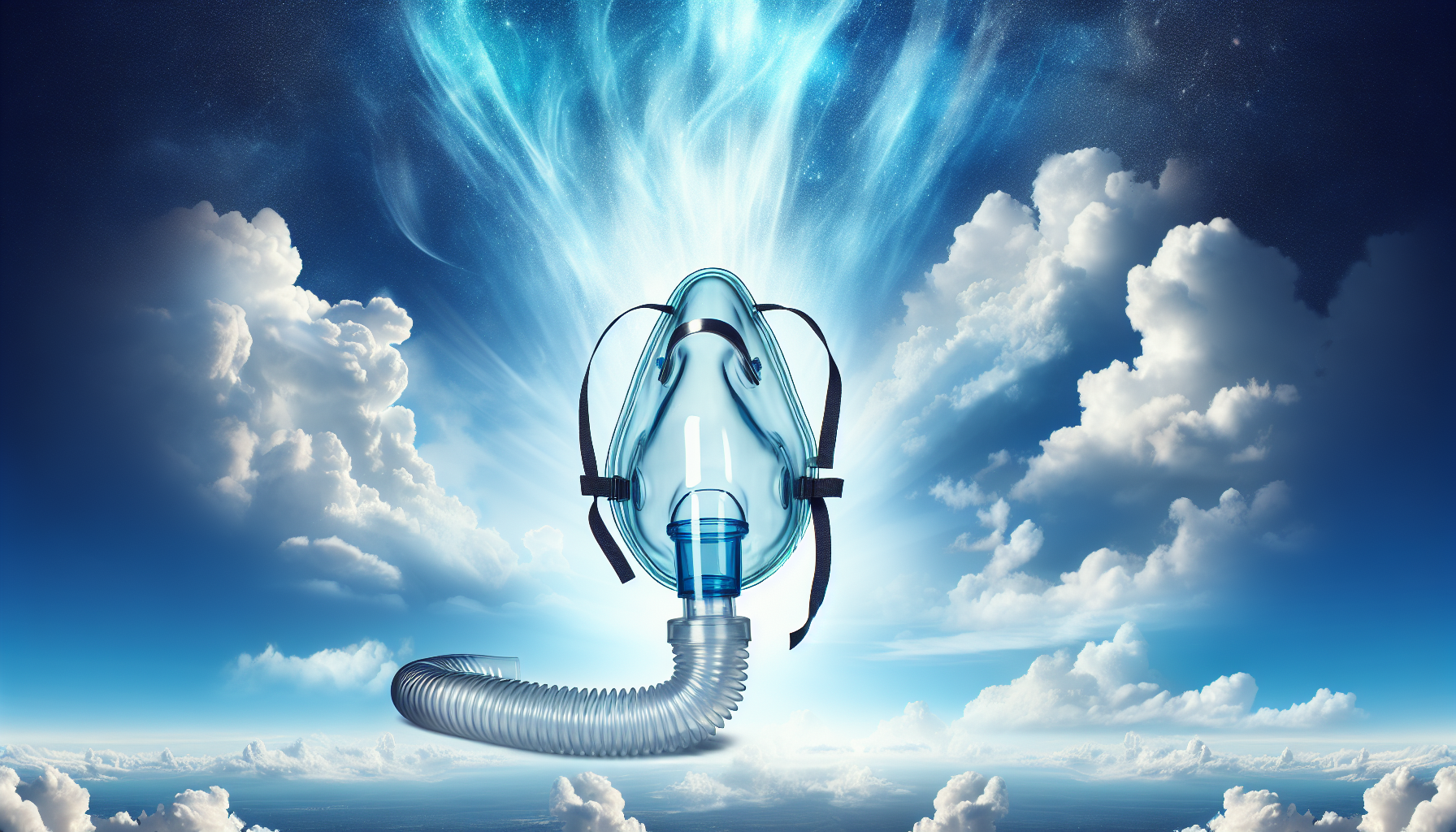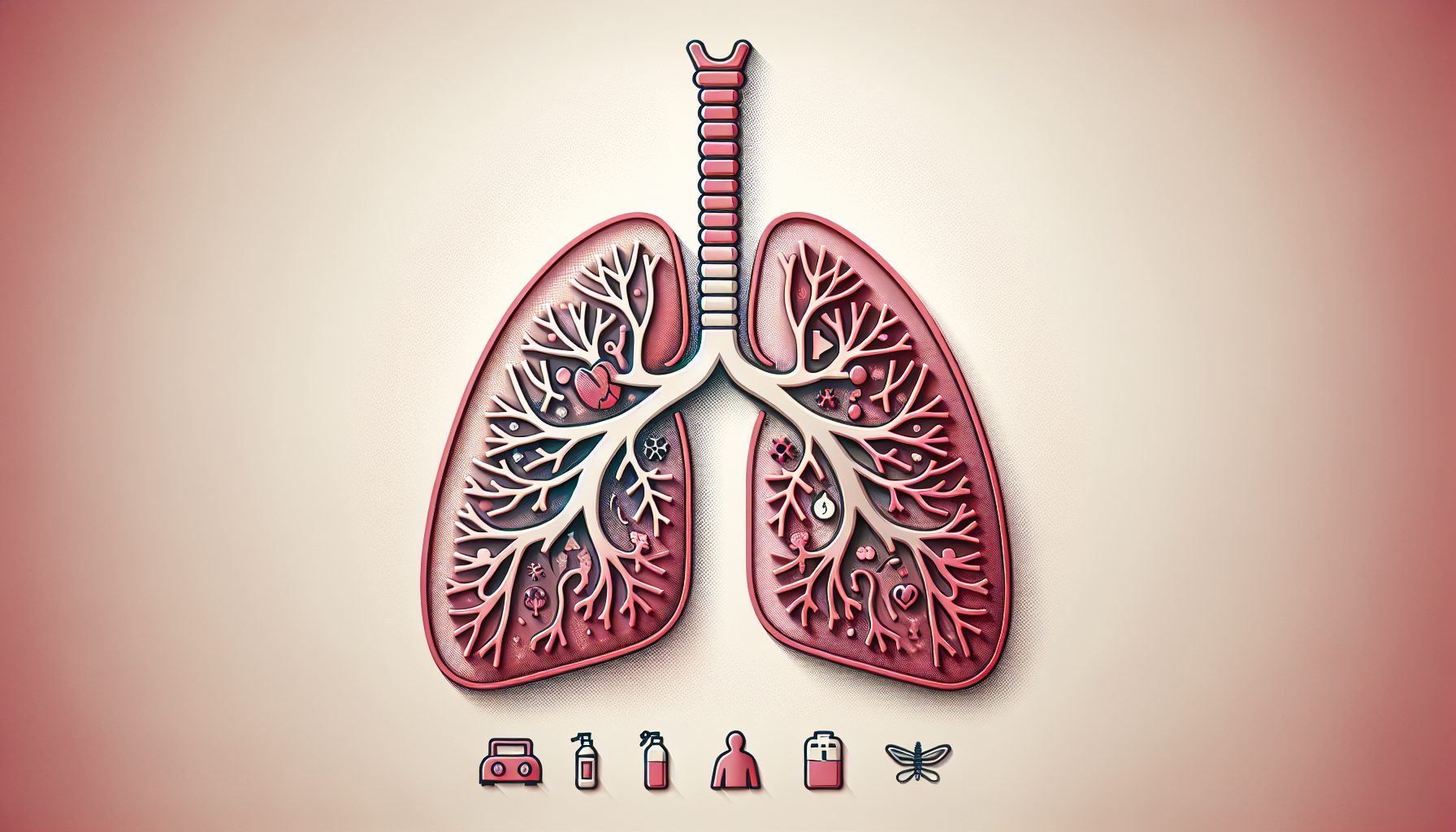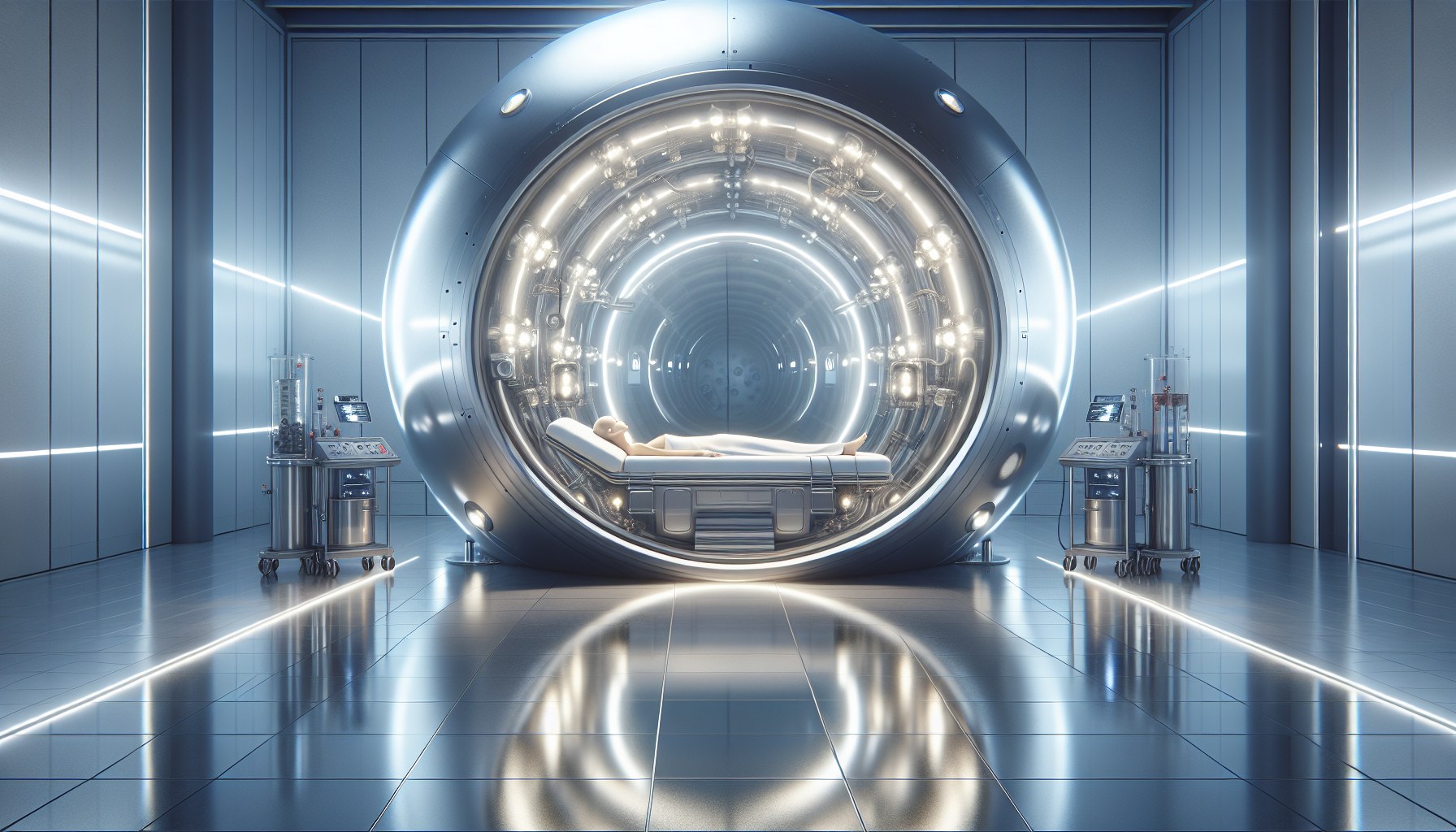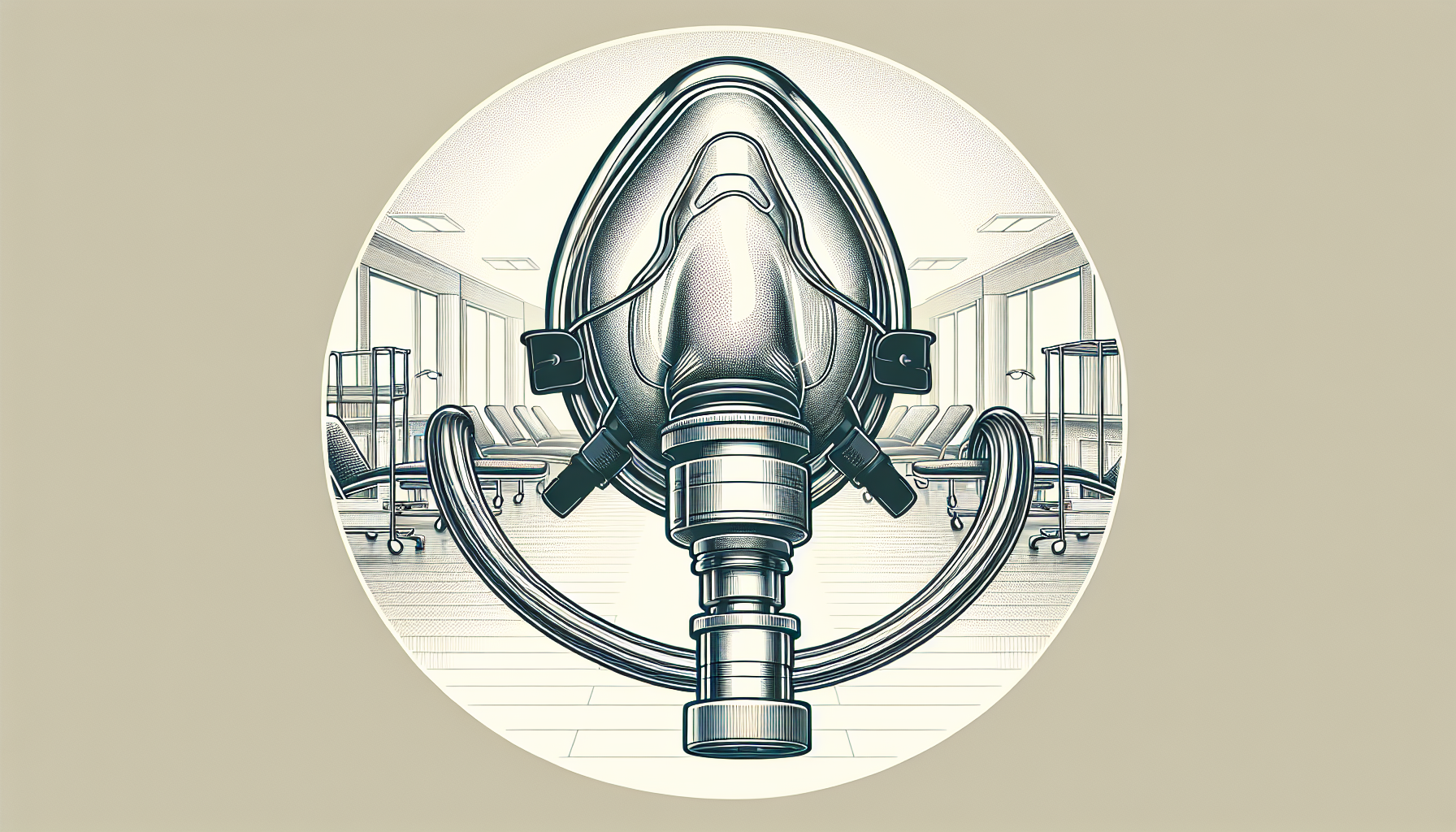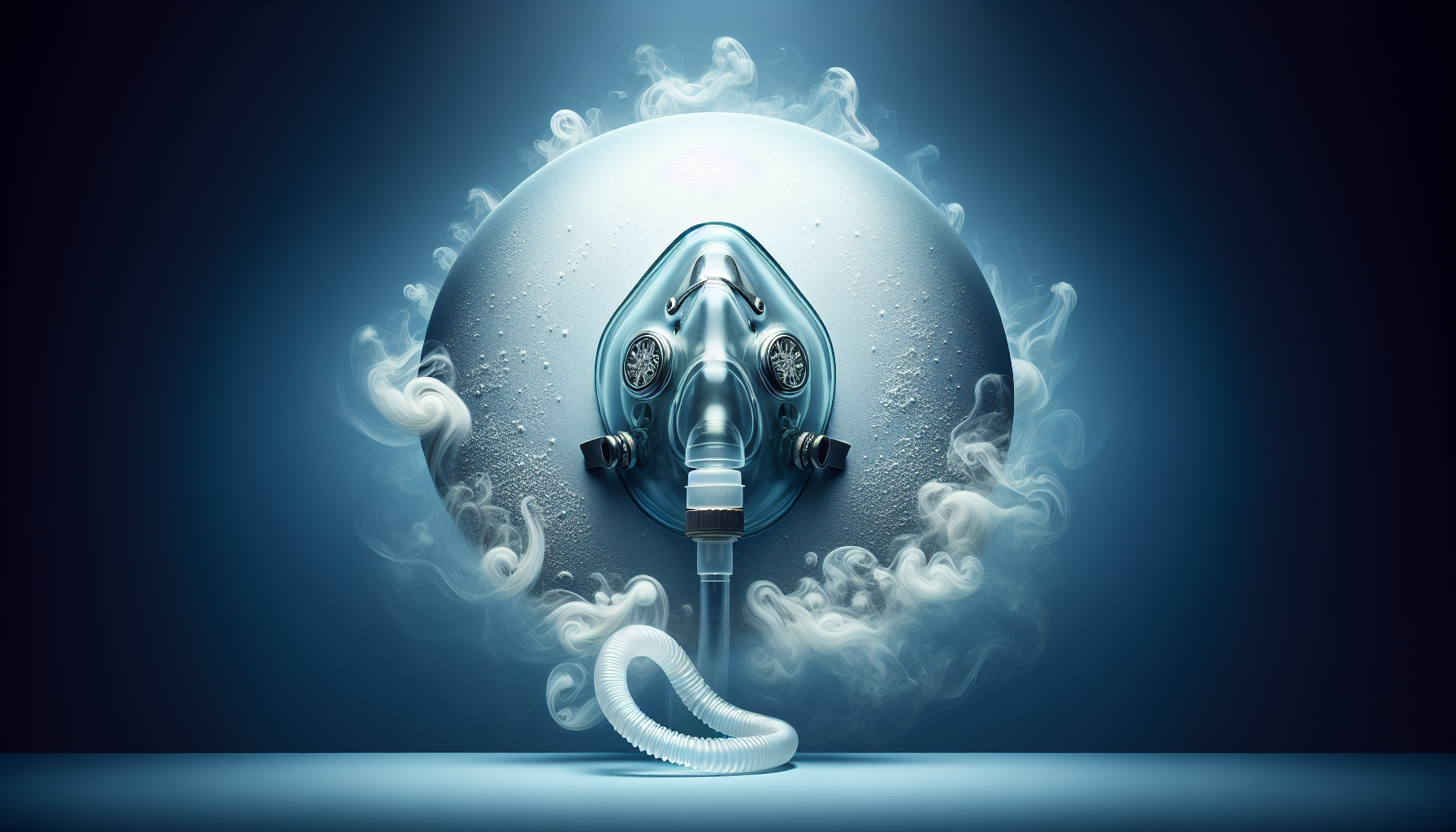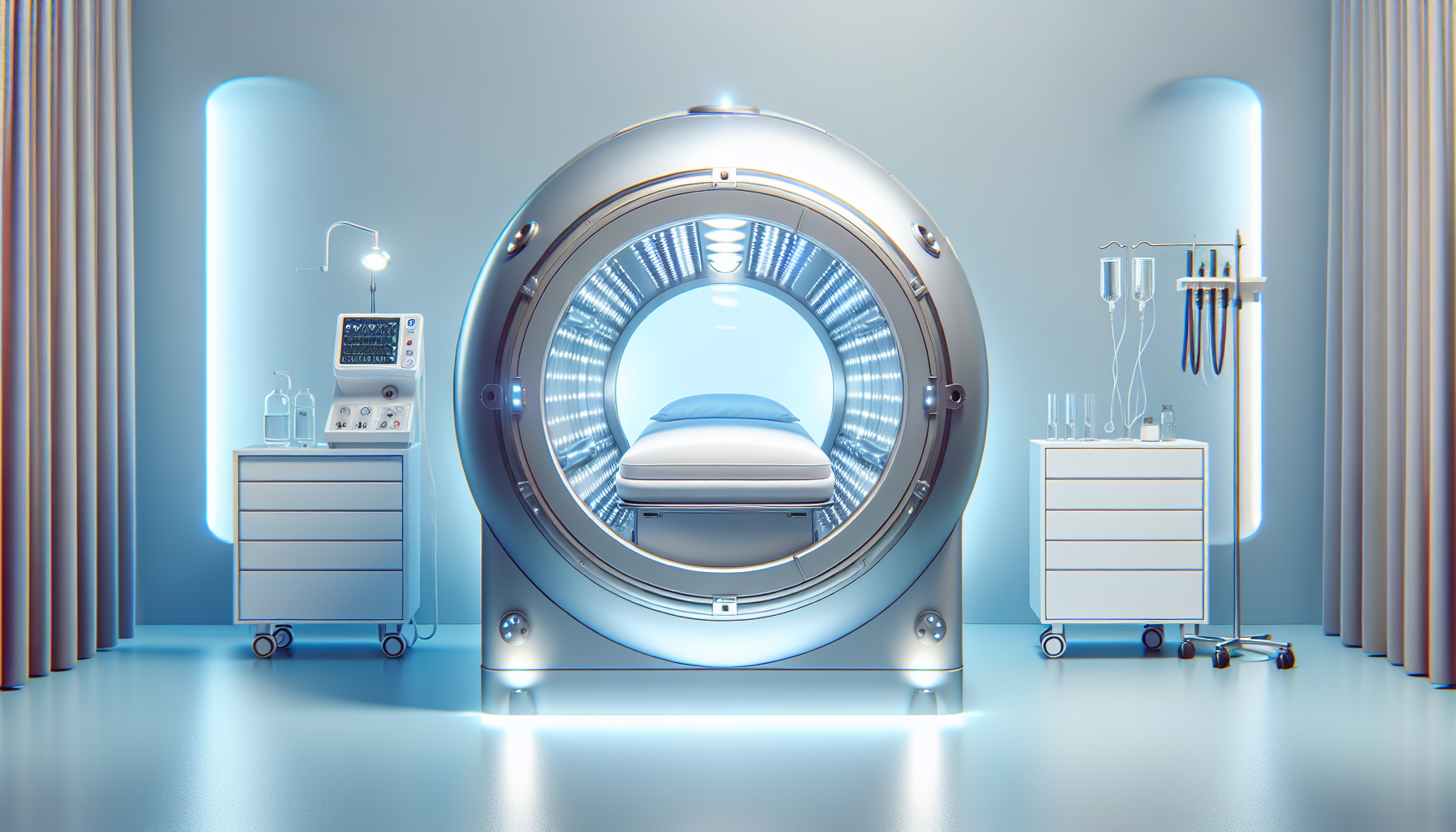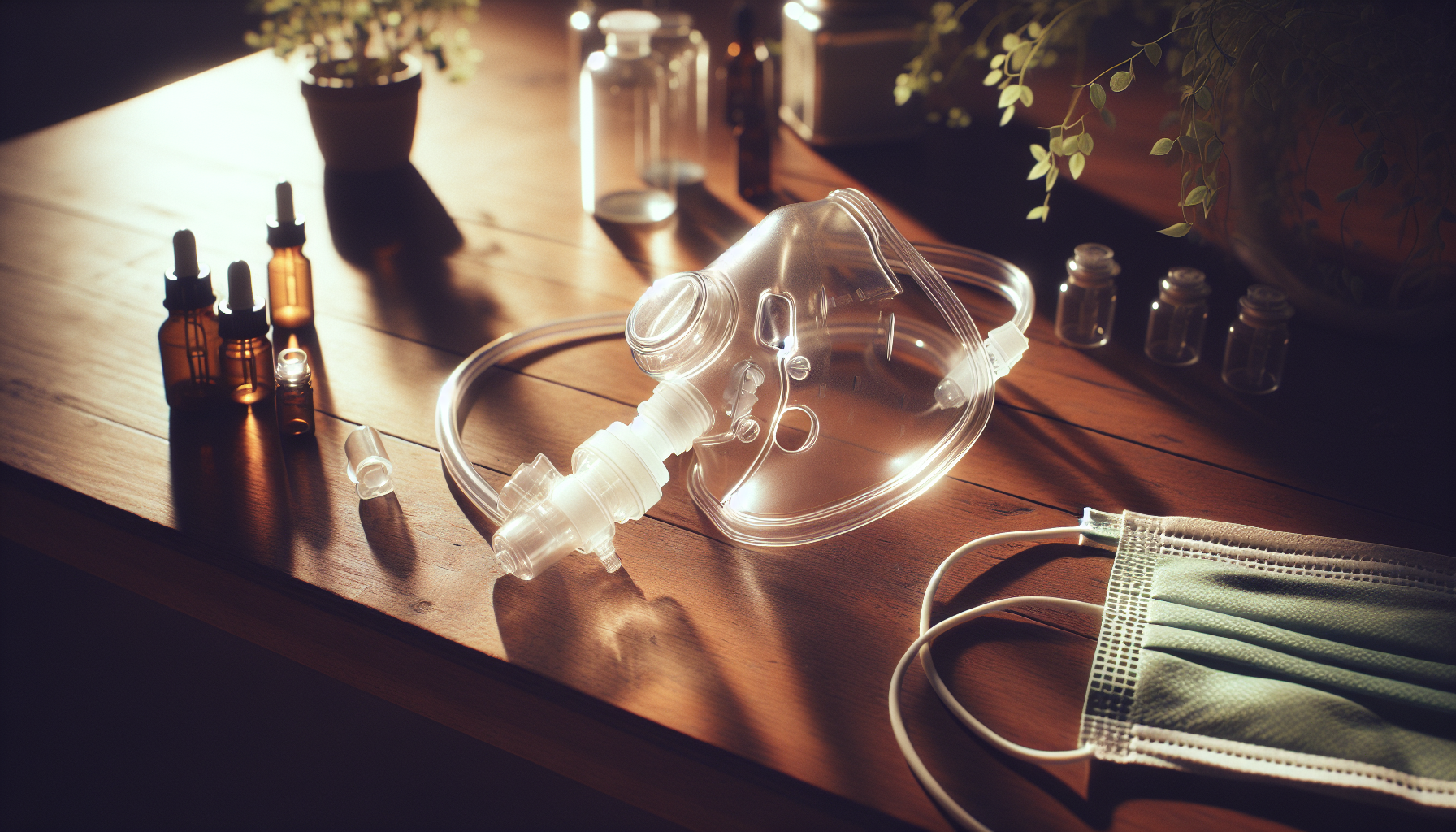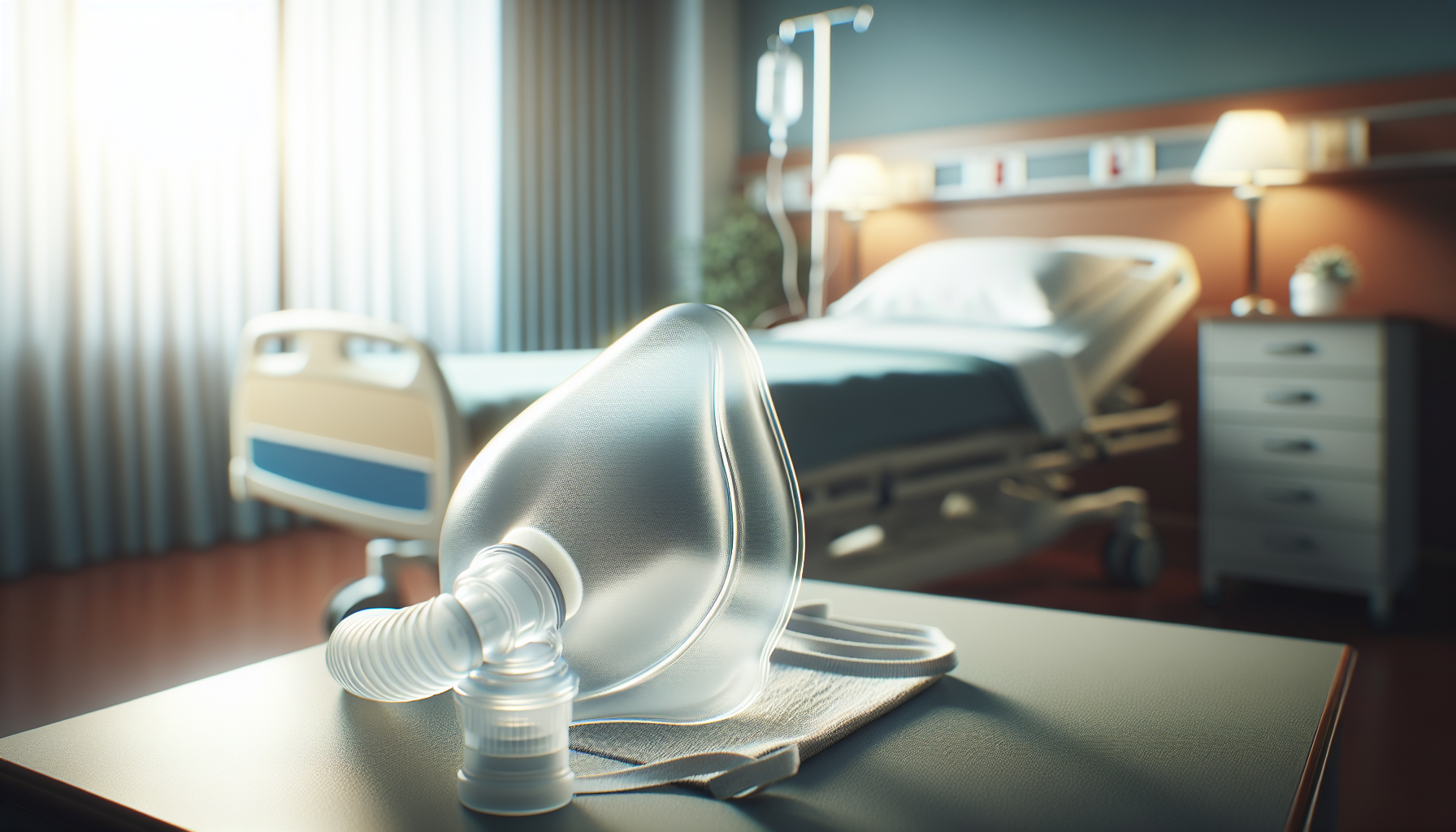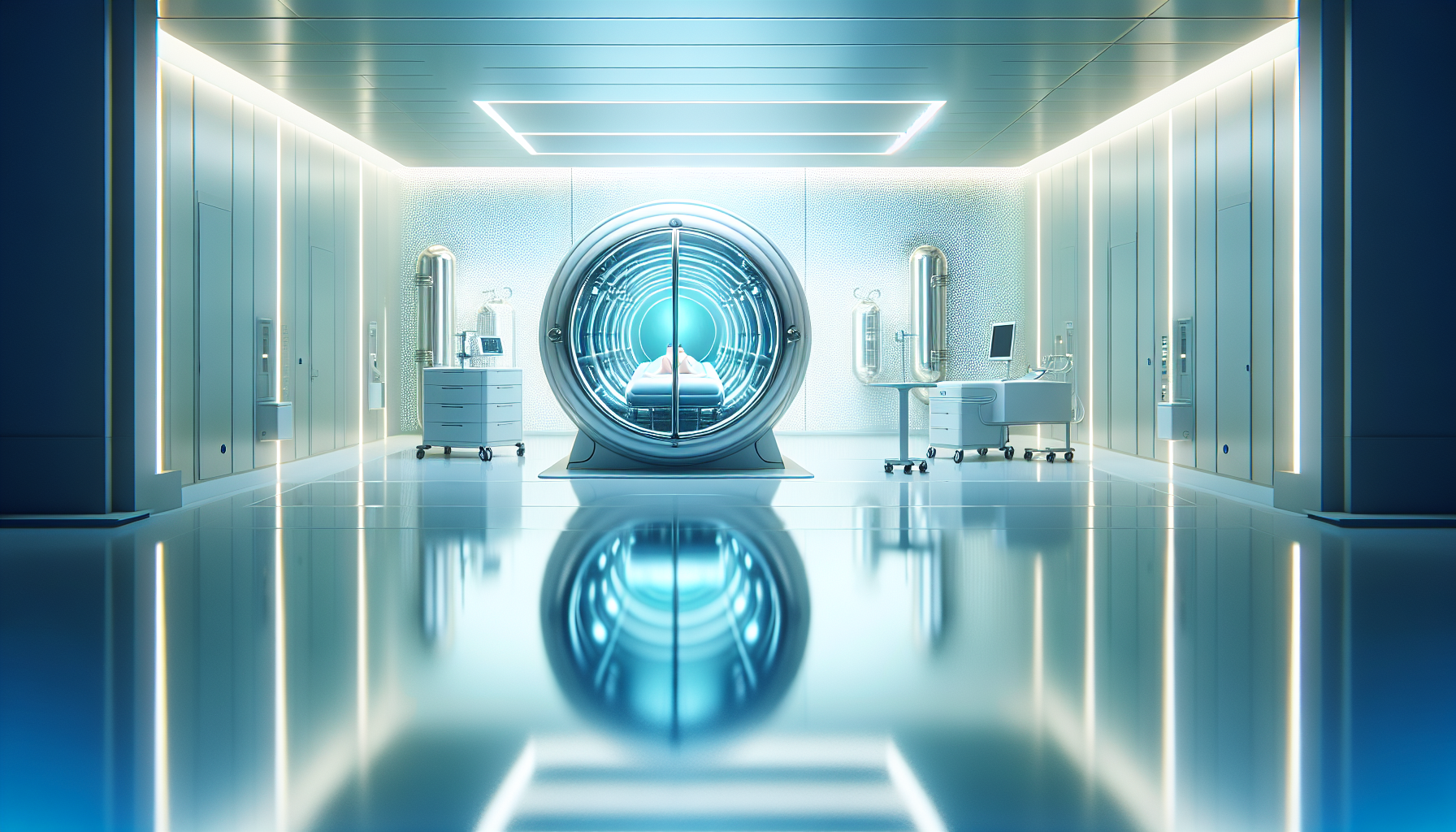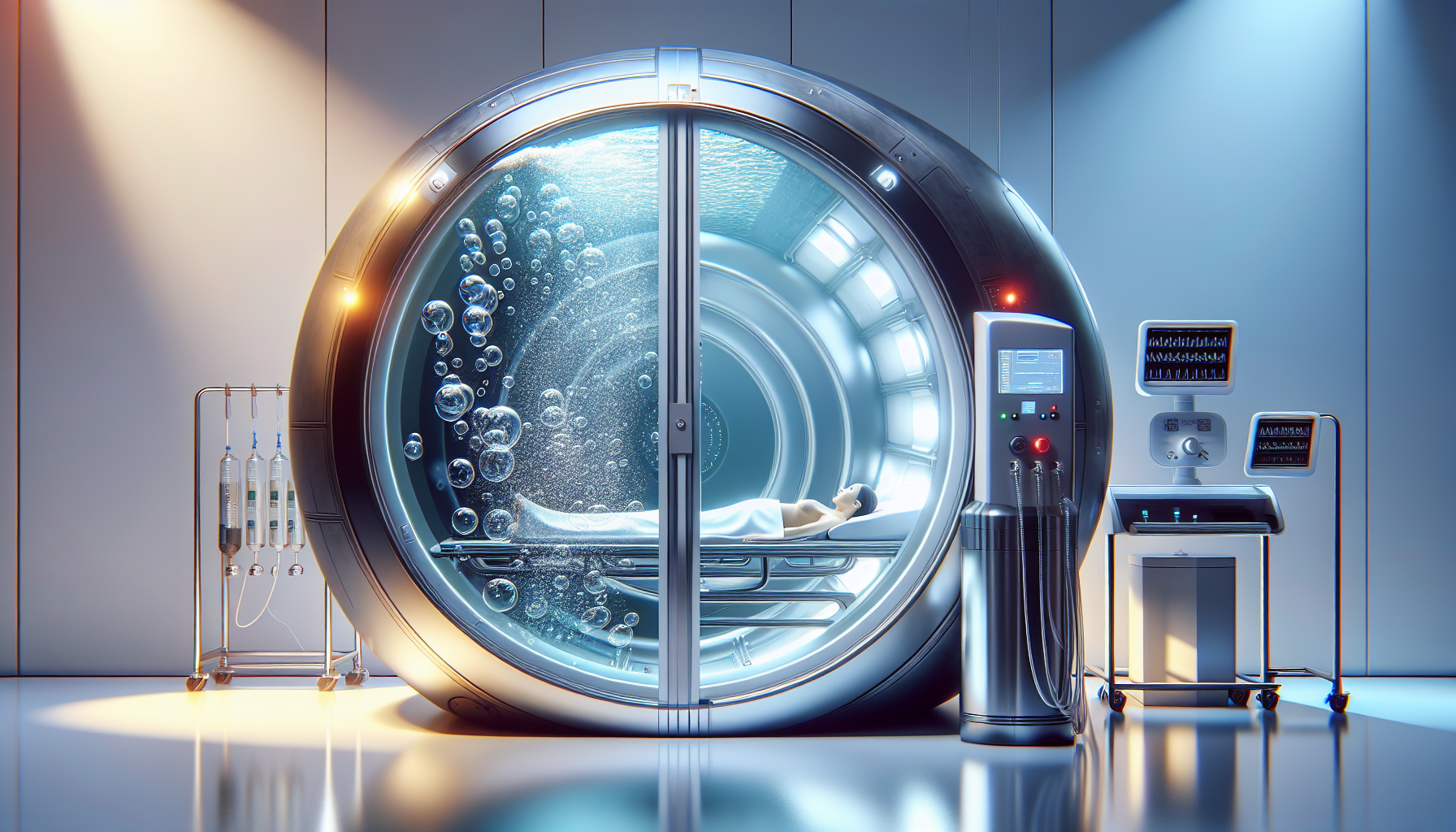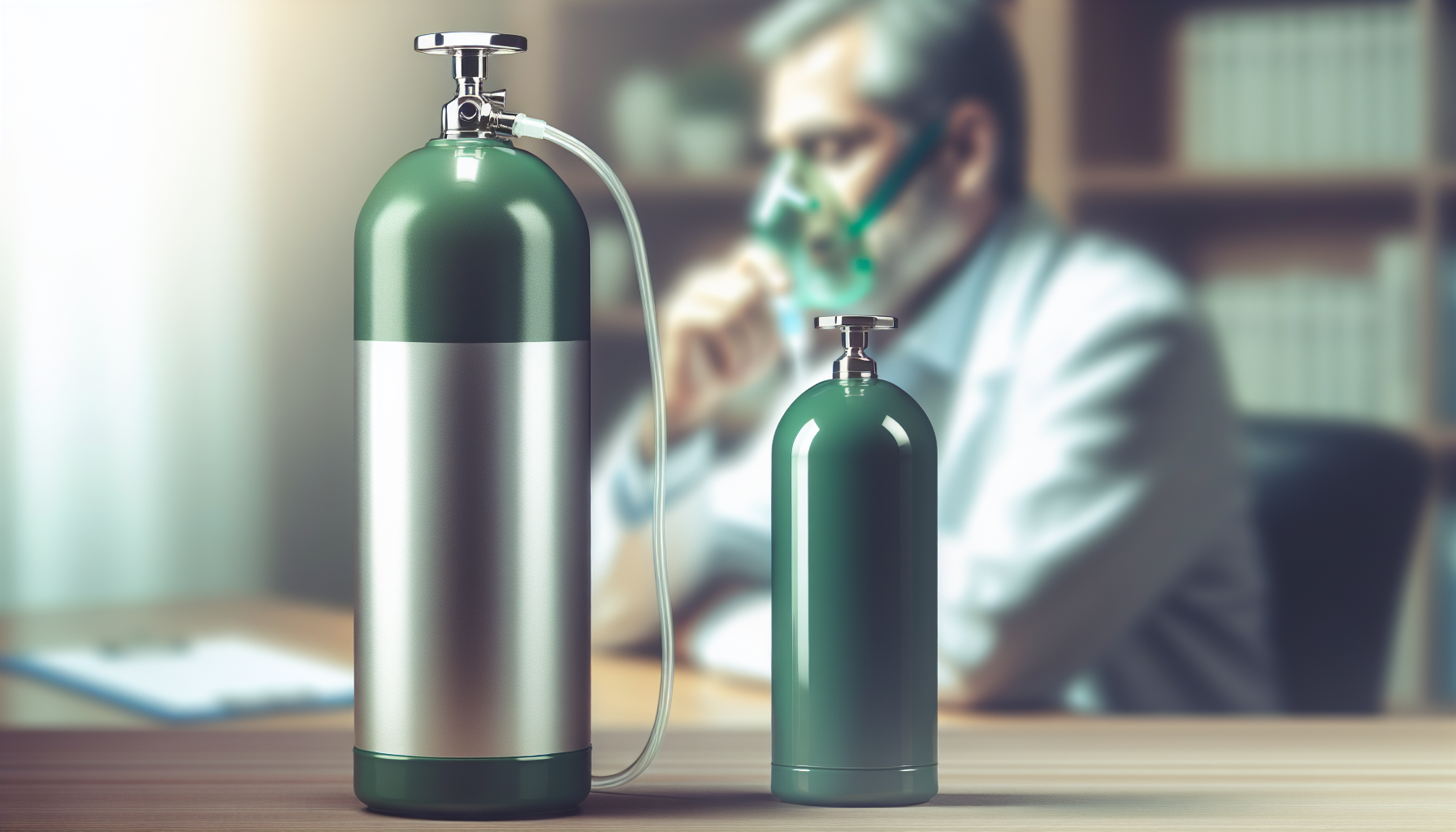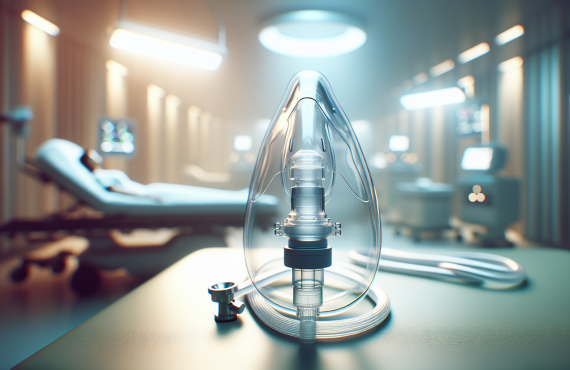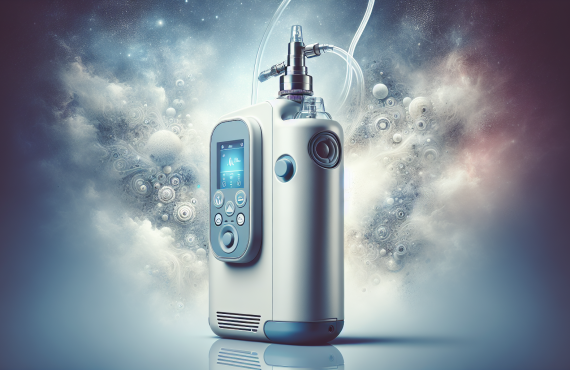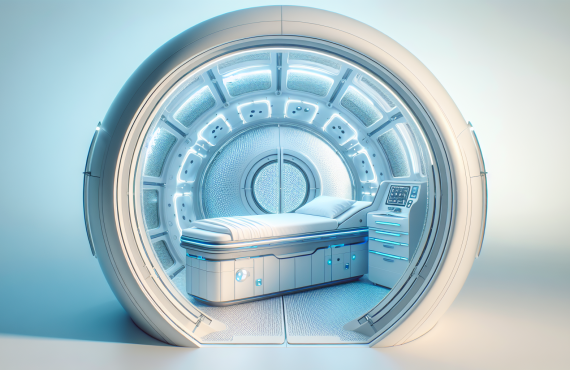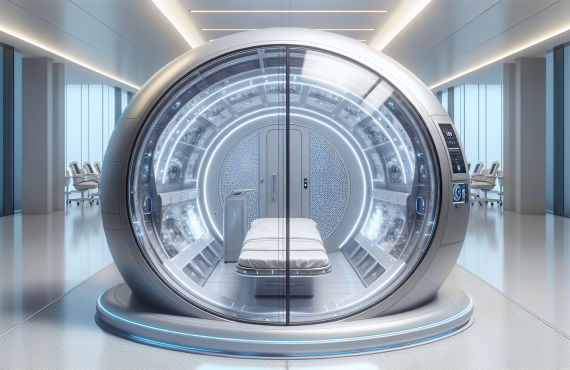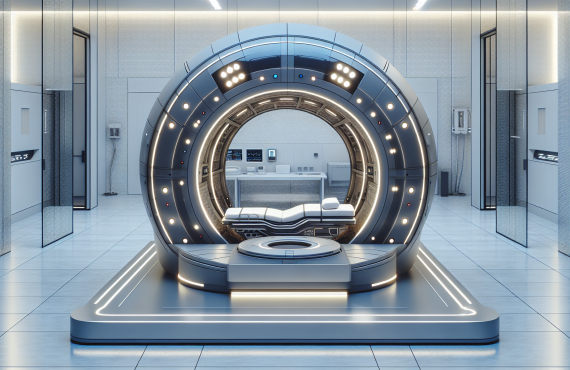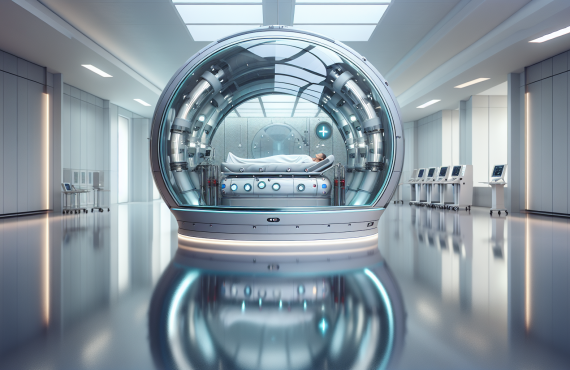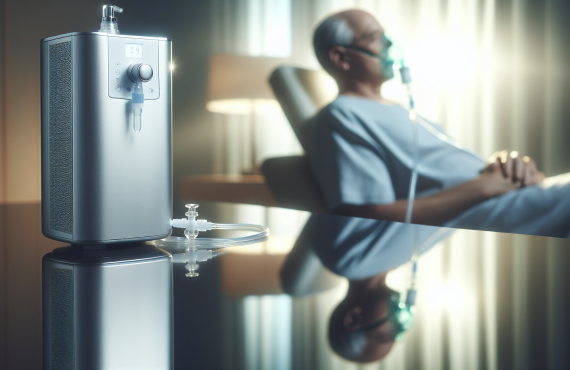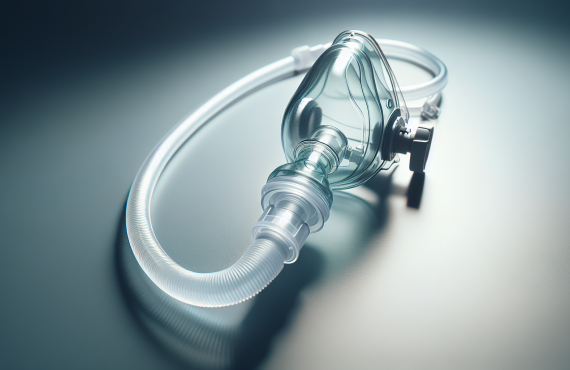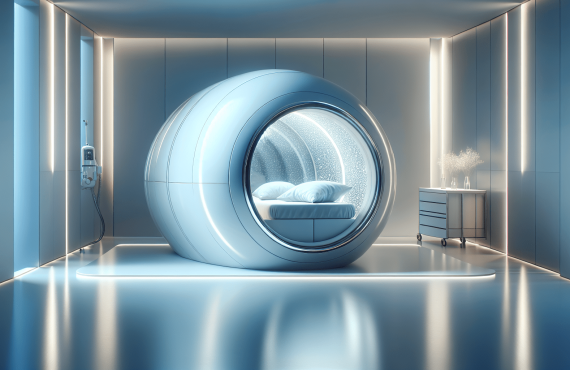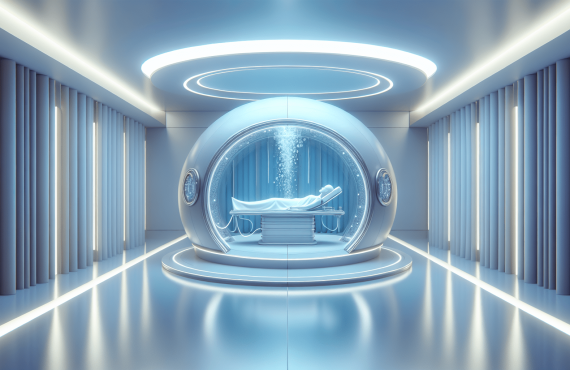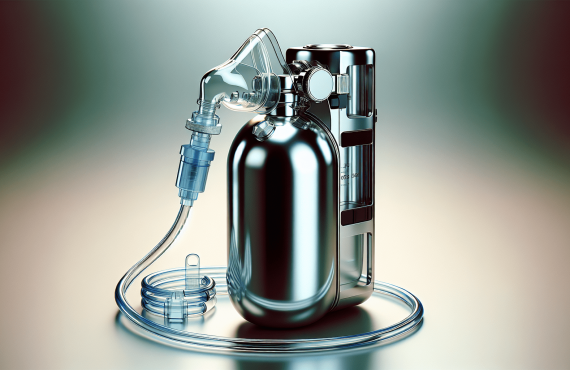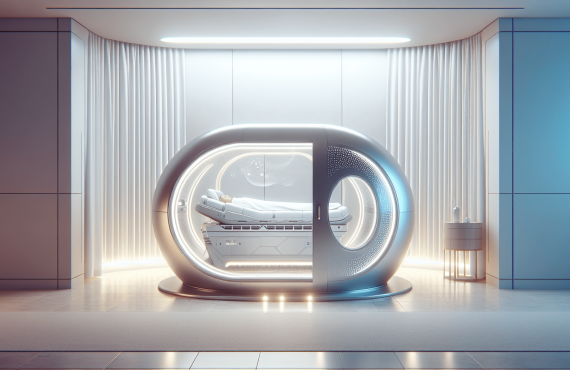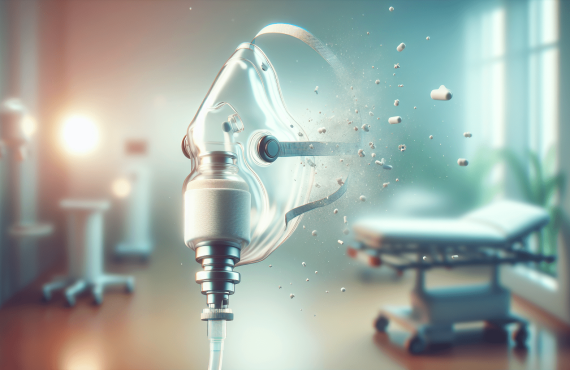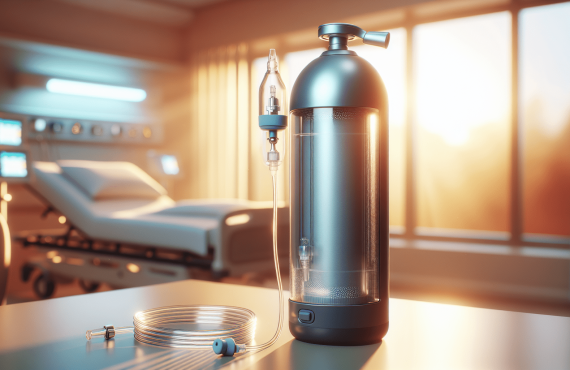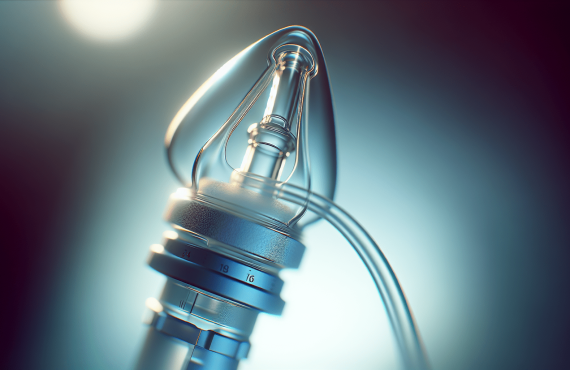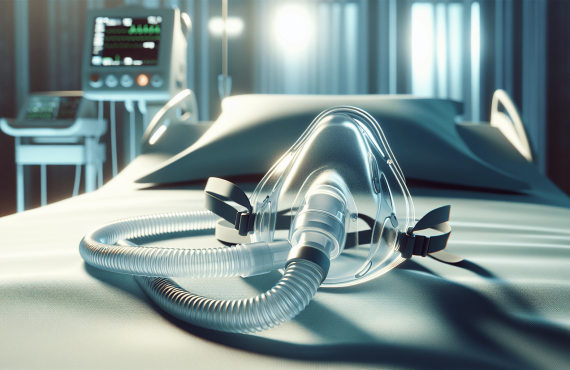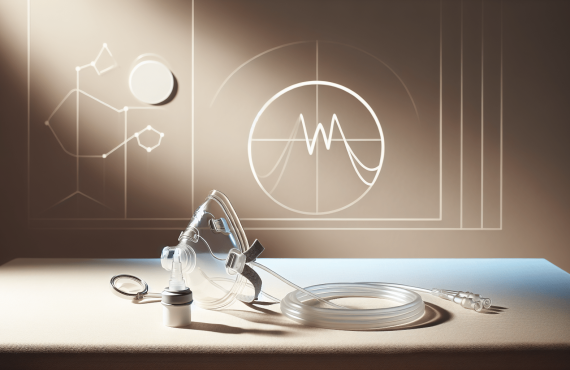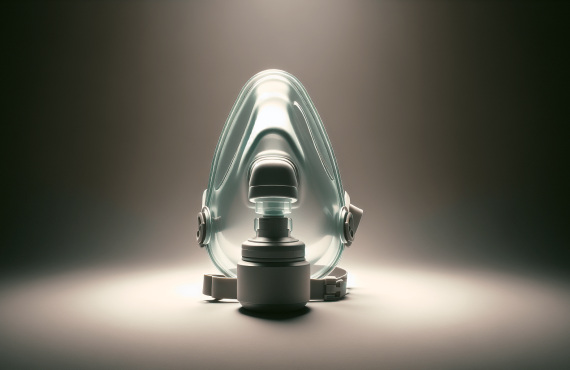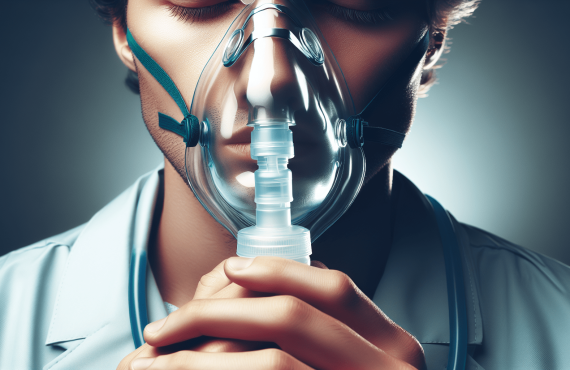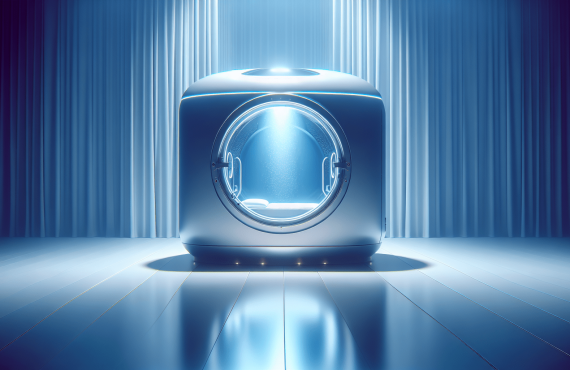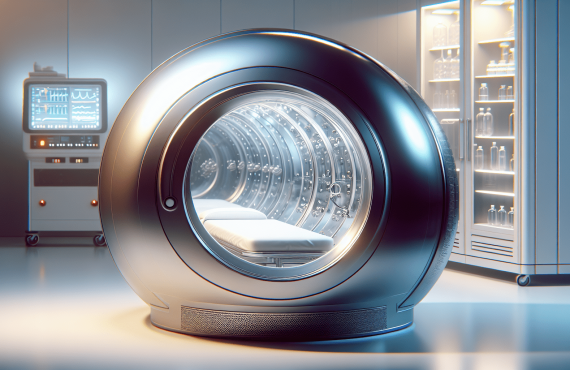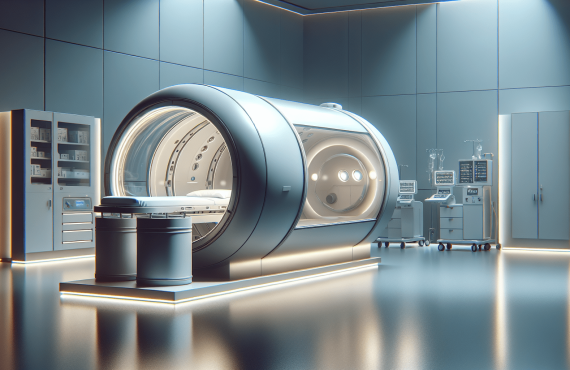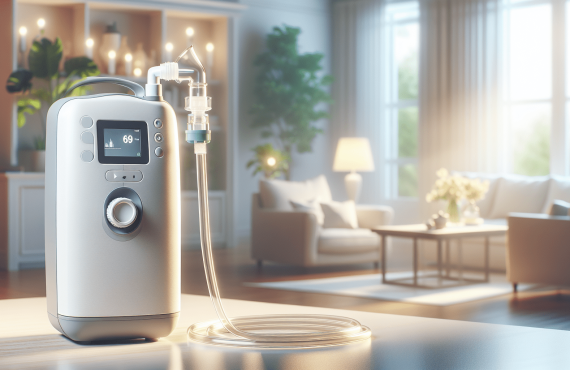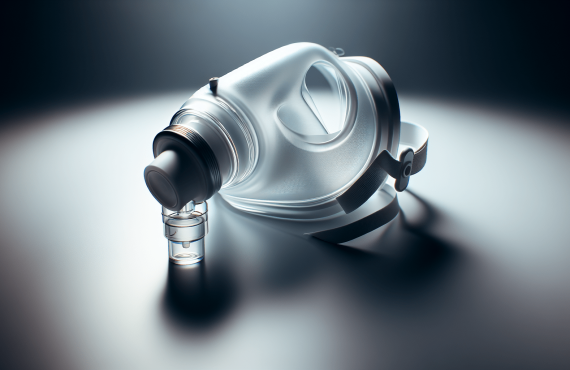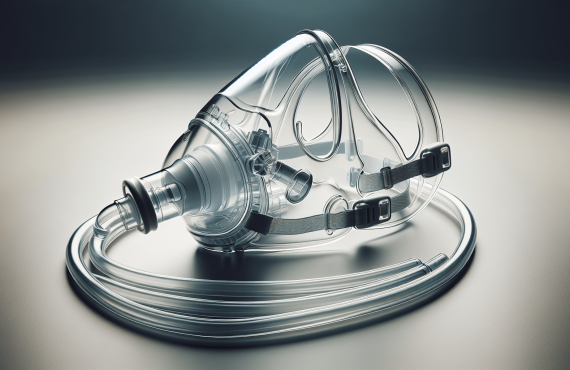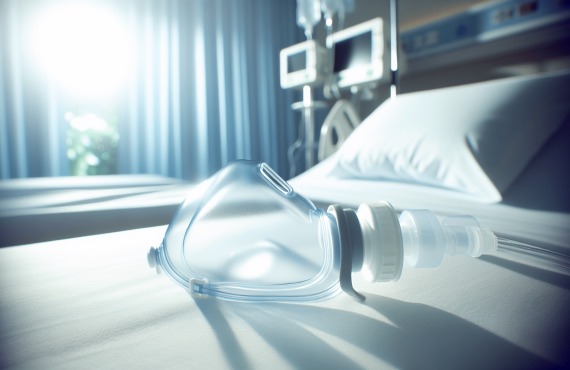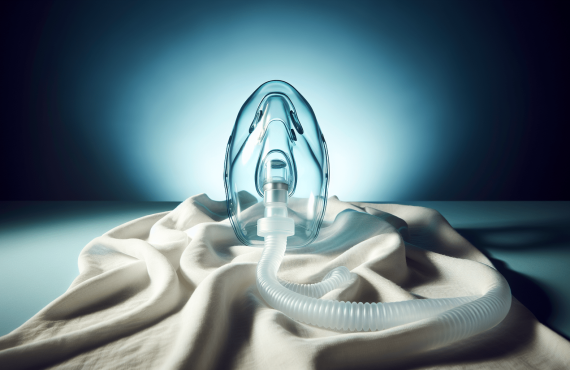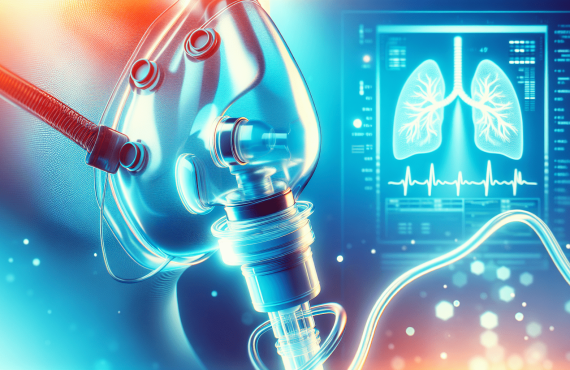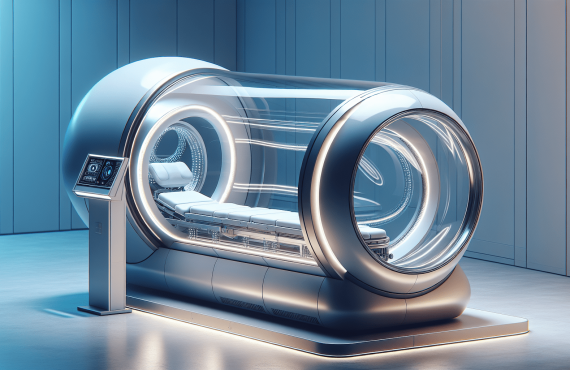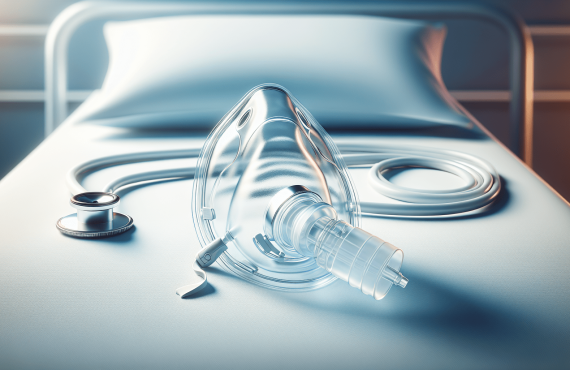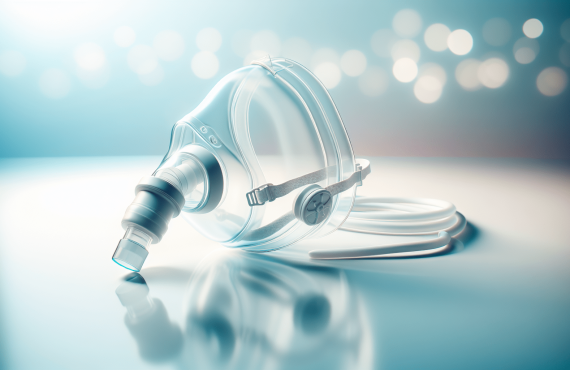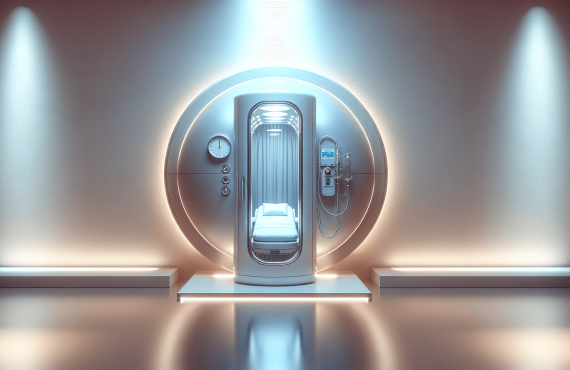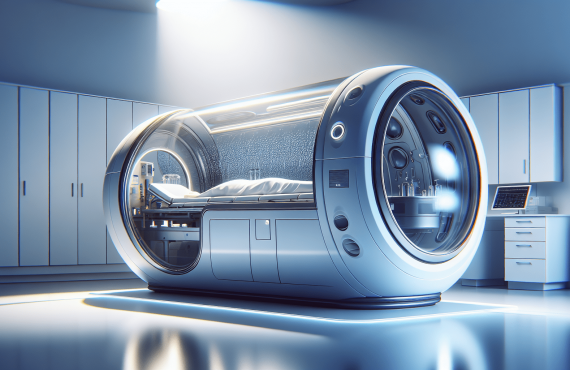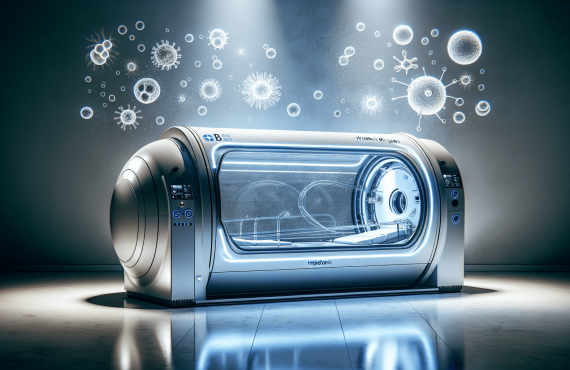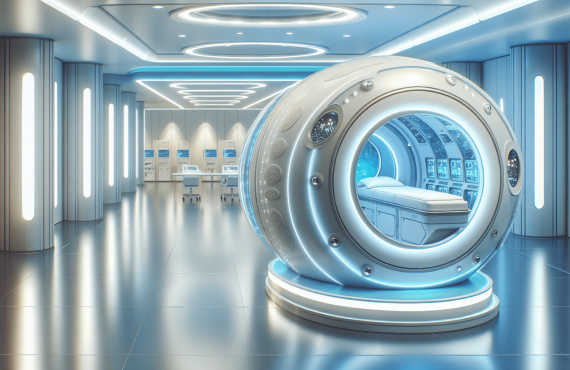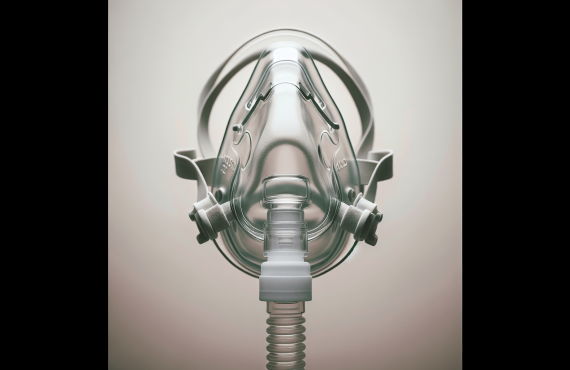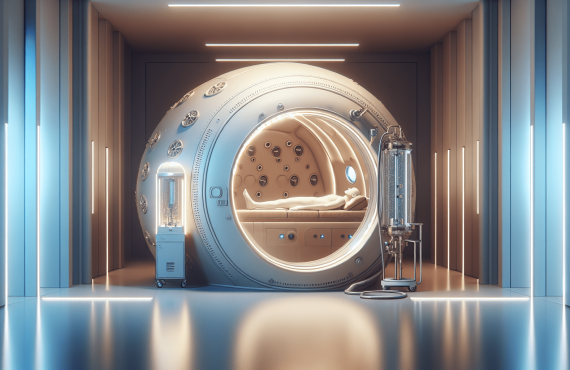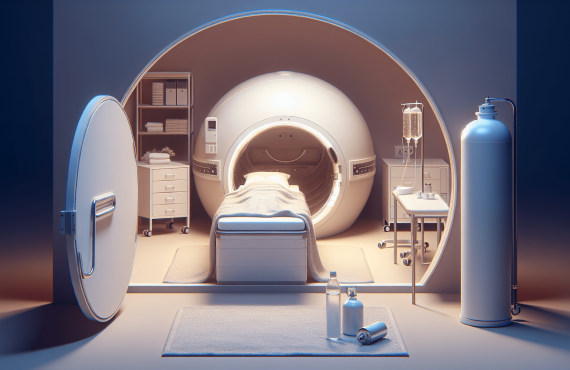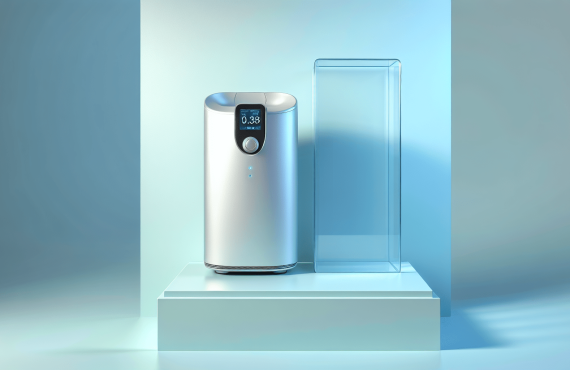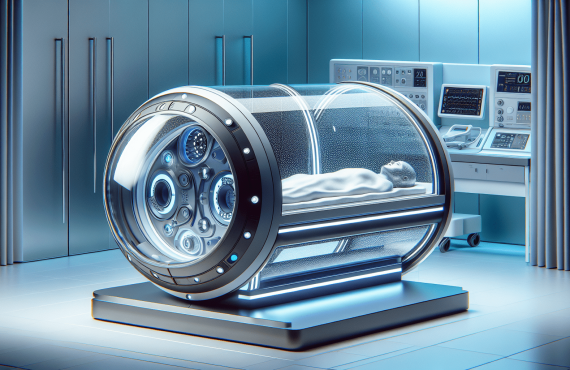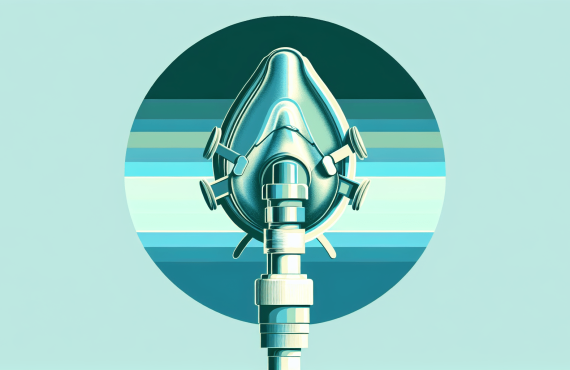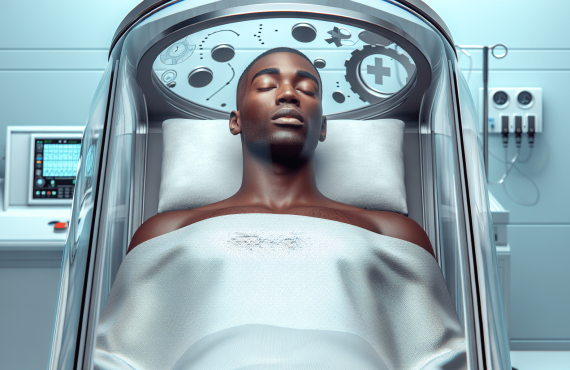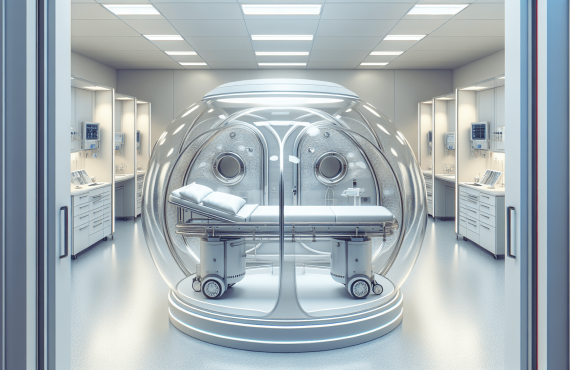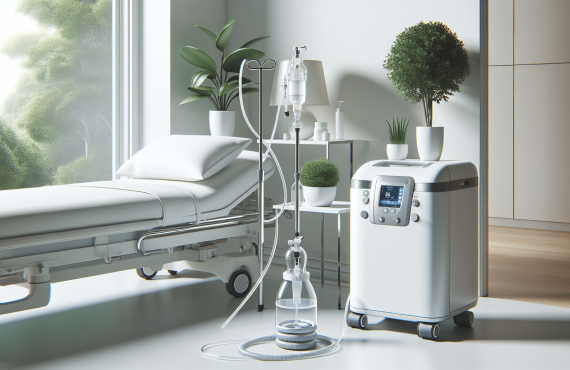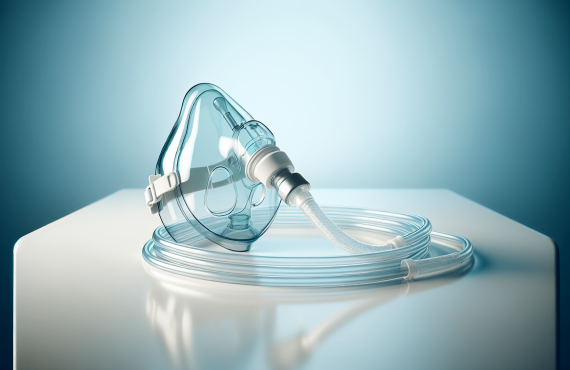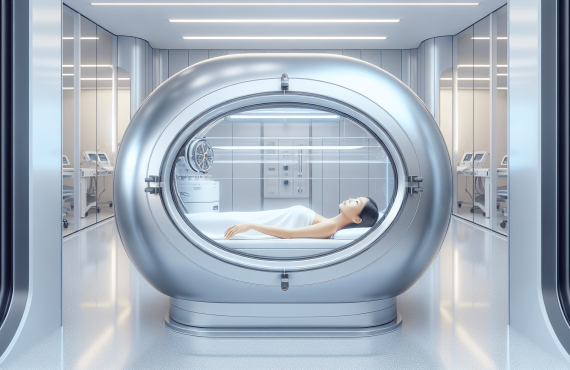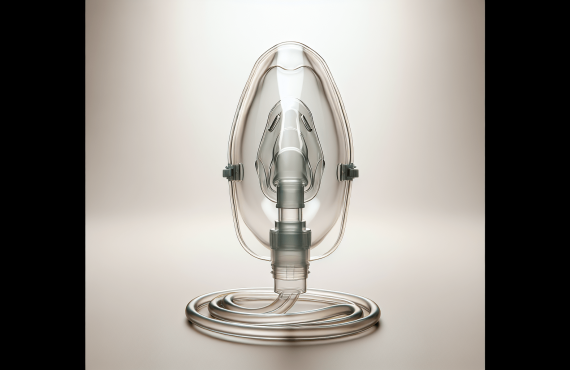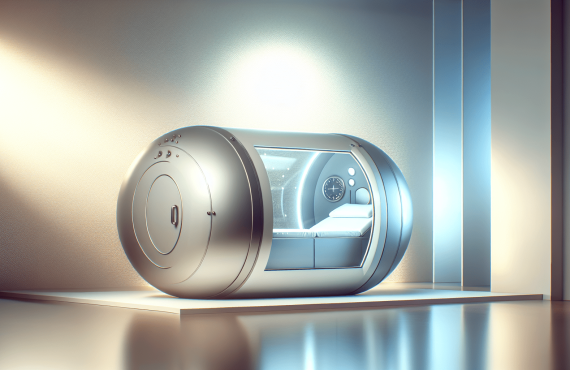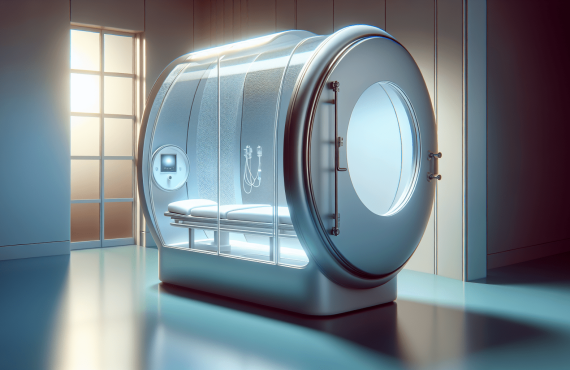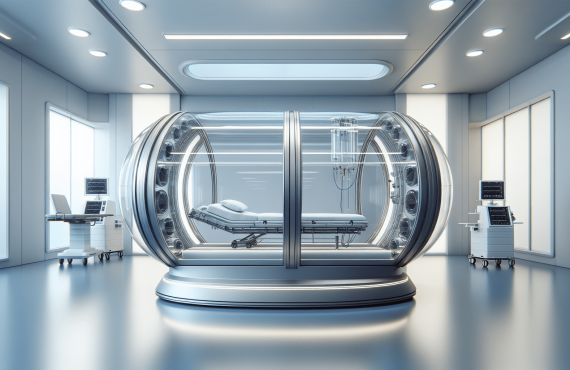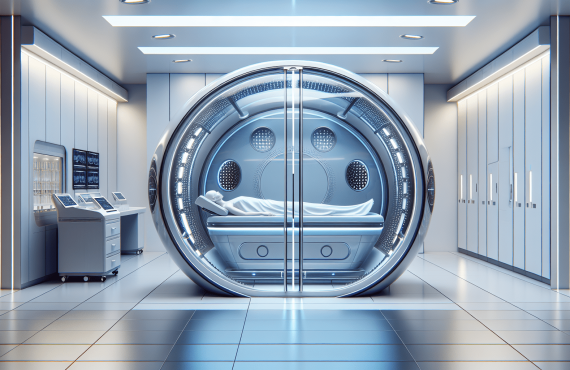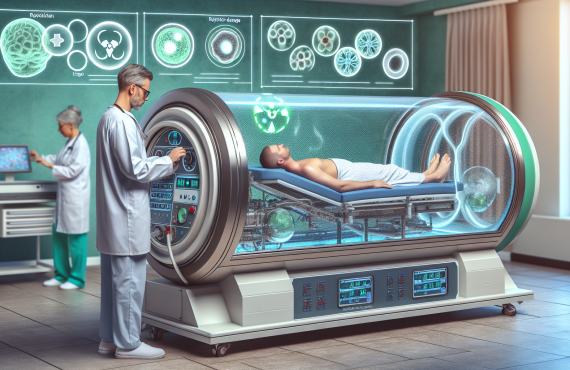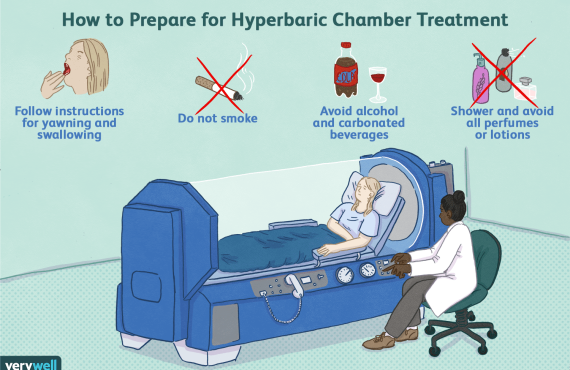What do you think happens inside your body when you breathe? Perhaps you’ve never pondered on that while taking deep breaths at your desk or enjoying a morning stroll. It’s easy to overlook the significance of oxygen until the need for medical intervention arises. So, what role does oxygen play for patients? This question is both simple and complex, but it’s vital to comprehend this to appreciate how it affects health and recovery.
Table of Contents
Understanding Oxygen’s Role in the Body
Oxygen is fundamental for basic human survival. As you inhale, oxygen enters your lungs, making its way into your blood, and is then ushered to cells throughout your body. There, it is involved in a process known as cellular respiration, which is how cells convert oxygen and glucose into energy. This energy is crucial, fueling every function in your body.
Cellular Respiration and Energy Production
Cellular respiration occurs in your cells’ mitochondria. The oxygen you breathe helps convert nutrients into adenosine triphosphate (ATP), the energy currency of life. Without oxygen, this process grinds to a halt. Your cells, deprived of energy, can’t perform their functions, leading to fatigue and other health issues.
Impact on Major Organs
Oxygen is particularly important for vital organs such as the brain, heart, and liver. Your brain, for instance, uses 20% of the oxygen you inhale. Insufficient oxygen can affect cognitive functions, leading to confusion or unconsciousness. Similarly, the heart requires oxygen to pump blood effectively and maintain your circulatory system’s health.
Medical Use of Oxygen: Why Patients Need It
Patients require supplemental oxygen when their bodies cannot obtain enough from the air. Various conditions can necessitate this, ranging from respiratory diseases to situations involving acute care.
Chronic Respiratory Conditions
Diseases such as chronic obstructive pulmonary disease (COPD), asthma, or cystic fibrosis impede your lungs from absorbing oxygen effectively. When your blood oxygen levels drop, supplemental oxygen becomes life-supporting, helping maintain an adequate level of oxygen in your system to sustain organ function and overall well-being.
Acute Care Situations
In emergency settings, like during surgeries or when a patient has suffered trauma, oxygen plays a critical role. Patients might need oxygen therapy to stabilize their condition by ensuring the organs receive the necessary amount to function well. This can also apply during cardiac arrest or severe asthma attacks.

Types of Oxygen Therapy
When patients need supplemental oxygen, healthcare providers have various methods to provide it. The choice depends on the patient’s needs and situation.
Nasal Cannula vs. Oxygen Mask
These are typically used for administering oxygen. A nasal cannula is a lightweight tube with two prongs placed in the nostrils. It’s comfortable for prolonged use and suitable for mild needs. Conversely, an oxygen mask provides a higher concentration of oxygen, covering the nose and mouth, often used when a more significant oxygen boost is necessary.
Hyperbaric Oxygen Therapy
Hyperbaric Oxygen Therapy (HBOT) is a remarkable treatment option, often used under specific conditions. It involves breathing pure oxygen in a pressurized environment. This method significantly increases the oxygen concentration in the body, offering substantial health benefits.
How Hyperbaric Therapy Works
In a hyperbaric chamber, oxygen dissolves more effectively into your body’s plasma. This elevated oxygen level reaches areas with limited supply, stimulating natural healing processes. It facilitates tissue repair, reduces inflammation, and boosts immune function. Moreover, it fosters new blood vessel growth, aiding wound healing and tissue regeneration.
Benefits of Hyperbaric Therapy
Hyperbaric therapy addresses conditions like decompression sickness, non-healing wounds, and other serious medical cases. It can also improve recovery times, enhance overall health, and improve patient quality of life.
FAQs on Oxygen Therapy
To better understand oxygen therapy, here are some common questions with their responses:
1. Is oxygen therapy safe?
Yes, it is generally safe when administered under medical supervision. Healthcare providers assess your needs to ensure optimal delivery.
2. Can one become dependent on oxygen?
Oxygen therapy doesn’t usually lead to dependency. It’s prescribed to address specific health needs, ensuring you maintain a healthy oxygen level.
3. How long does one need oxygen therapy?
The duration varies based on the condition being treated. Some need it temporarily, while others might require long-term use.
4. Can oxygen therapy have side effects?
Possible side effects are minimal and usually include nasal dryness. Using a humidifier often mitigates these effects.
5. Is hyperbaric oxygen therapy suitable for everyone?
Not everyone is a candidate for HBOT. It is crucial to consult with healthcare professionals to determine if it’s appropriate for specific conditions.
The Importance of Professional Care
Administering oxygen therapy involves much more than just connecting a patient to a machine. It requires careful assessment and monitoring by healthcare professionals to ensure efficacy and safety. Henry Chiropractic, located at 1823 N 9th Ave, Pensacola, FL 32503, provides excellent patient care. Dr. Craig Henry and Dr. Aaron Hixon are skilled chiropractors assisting with health improvements and addressing wellness from various approaches. You can contact them at (850) 435-7777 or visit their website to learn more.

Living Healthier with Adequate Oxygen Levels
Beyond medical intervention, maintaining good oxygen levels involves lifestyle choices. Simple habits like practicing deep breathing, exercising regularly, and ensuring good air quality in your environment support your respiratory health.
Breath Techniques for Daily Living
Incorporating breathing exercises into your routine can enhance lung function and oxygen levels. Techniques such as diaphragmatic breathing (deep breathing using your diaphragm rather than shallow breaths using your chest) can make a significant difference.
Exercise and Oxygen Utilization
Regular physical activity boosts your body’s efficiency in using oxygen. It enhances respiratory function, increases lung capacity, and improves circulation, leading to better overall health.
Environment and Oxygen Availability
Ensuring clean air in your living and workspaces also counts. When possible, add plants to your spaces as they naturally purify the air. Additionally, avoid smoke and pollution, which can impair your lung function.
Conclusion
While you may take for granted each breath you take, understanding oxygen’s critical role in your health and its use in medical contexts enhances appreciation for this life-sustaining element. Whether through awareness of oxygen therapy benefits or adopting better breathing practices, you hold the power to fortify your health. Keep in mind that experts like those at Henry Chiropractic are there to help guide you on this journey, ensuring that whether through chiropractic care or other health interventions, you breathe easier and live healthier.










